In Brazil’s State of Pará, a new, very special, protected area has been established, guarding some of the most majestic trees in the Amazon rainforest. The Giant Trees of the Amazon State Park (Parque Estadual das Árvores Gigantes da Amazônia) spans 1,384,000 acres (560,000 hectares) and aims to protect a rare type of tropical forest with extremely tall trees (many over seventy meters tall) located in the area, one of which, an exemplar of Angelim Vermelho (Dinizia excelsa), is considered the tallest tree in the tropical Americas at a height of 290 feet (88.5 meters). These trees are unique; their carbon stock is equivalent to 500 average sized trees and their age may be somewhere between 400 to 600 years old according to researchers.
Andes Amazon Fund celebrates the creation of the Giant Trees State Park by Pará’s governor Helder Barbalho on September 28th, during New York Climate Week. This is a place where water vapor from the evapotranspiration of the tallest tropical trees recorded in Latin America floats across vegetation filled valleys cut through by dark brown Amazonian rivers. By creating this protected area, the state of Pará is paving the way to host COP 30. The new protected area, which safeguards an important area of natural heritage, sends a strong signal of the State’s environmental commitments.
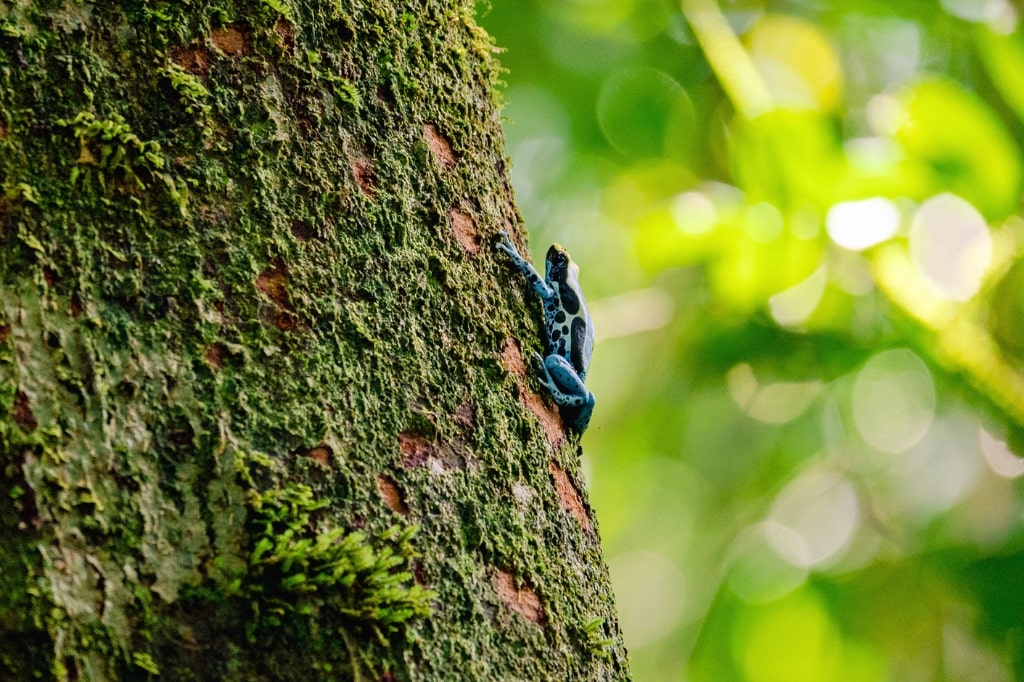
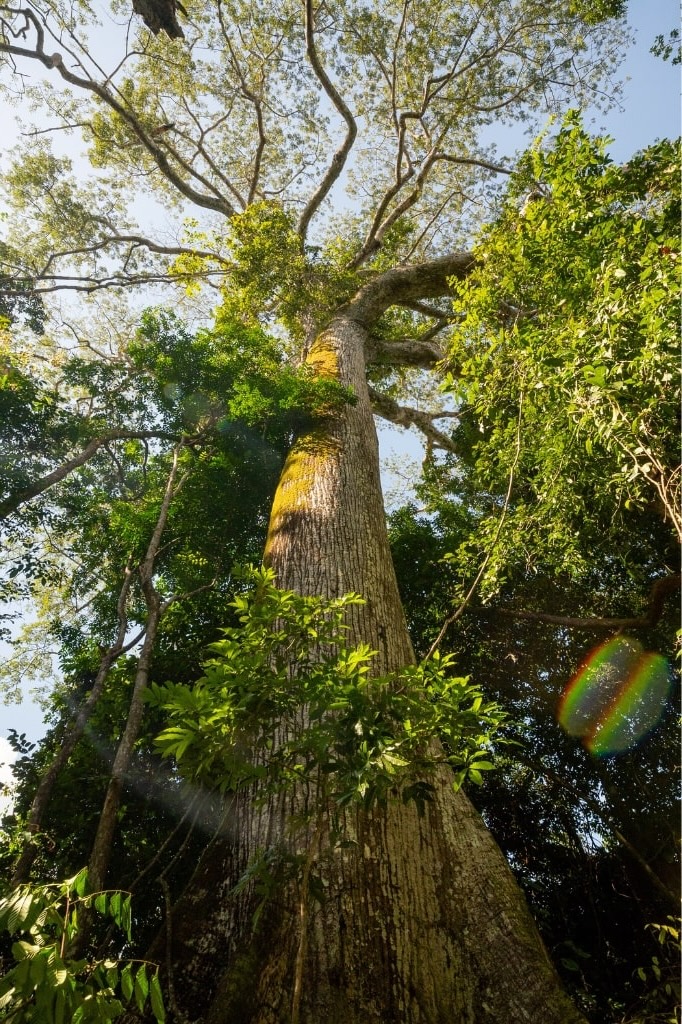
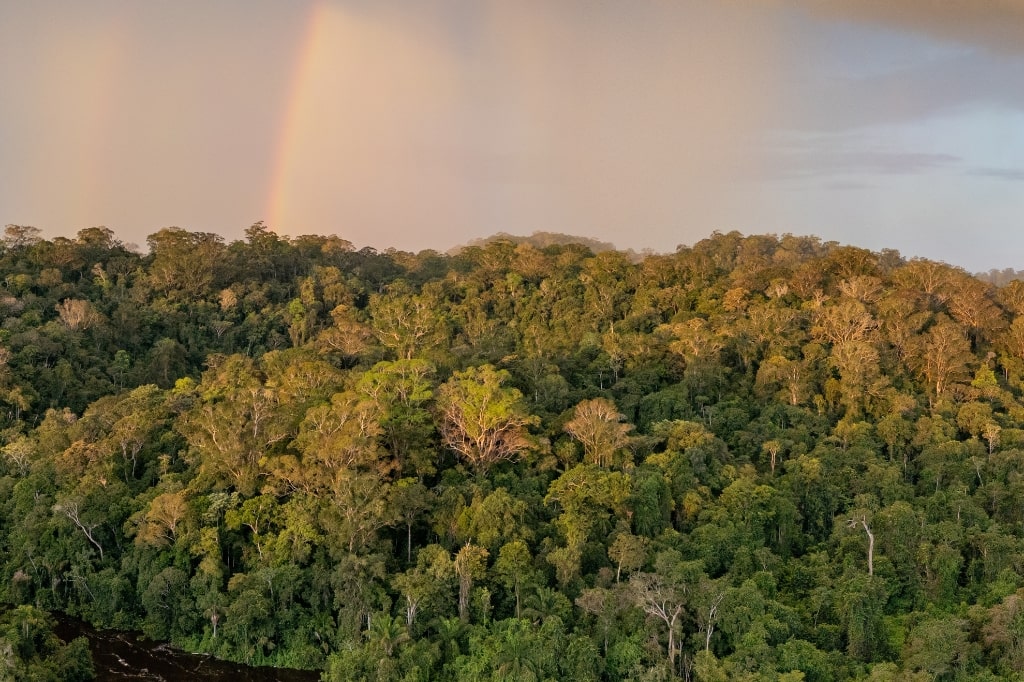
The State Park
Across its 1,384,000 acres, the newly created Giant Trees of the Amazon State Park hosts lush and biodiverse tropical forests and the mighty Jari and Ipitinga Rivers. The Giant Trees of the Amazon State Park derives from a portion of the Paru State Forest, which was re-categorized for the purpose of stricter protection. The new State Park contributes towards the improved protection of contiguous areas of high biological importance, strengthening the network of protected areas in the region. In addition to the Paru State Forest, the Giant Trees State Park is surrounded by the Tumucumaque Mountains National Park and the Maicuru Biological Reserve.
The main objectives of the Park, as outlined in the decree establishing it, are: to protect giant trees with heights exceeding seventy meters, especially the Dinizia excelsa exemplar that is nearly 300 ft tall, to contribute to the protection of ecosystems and biodiversity associated with contiguous state and federal protected areas, and to preserve the populations of endangered, rare and unique species.
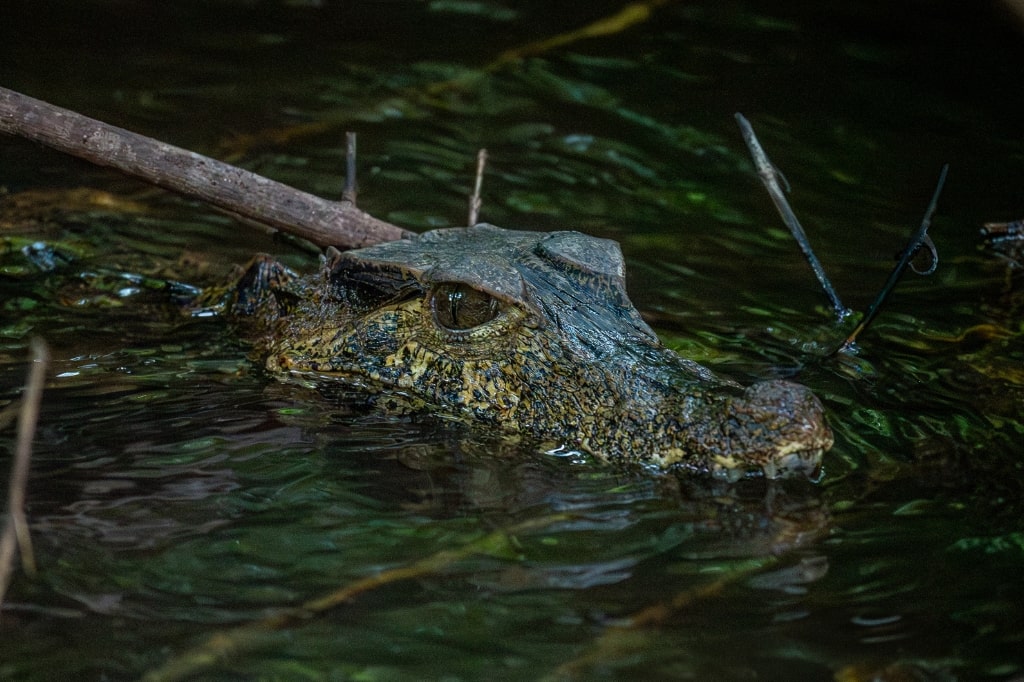
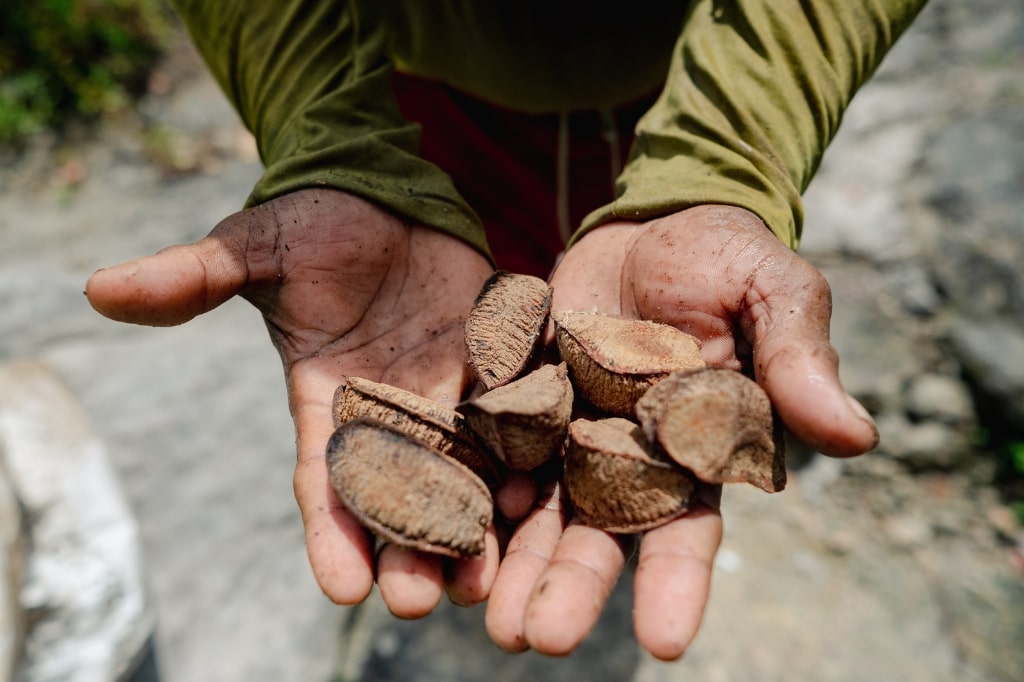
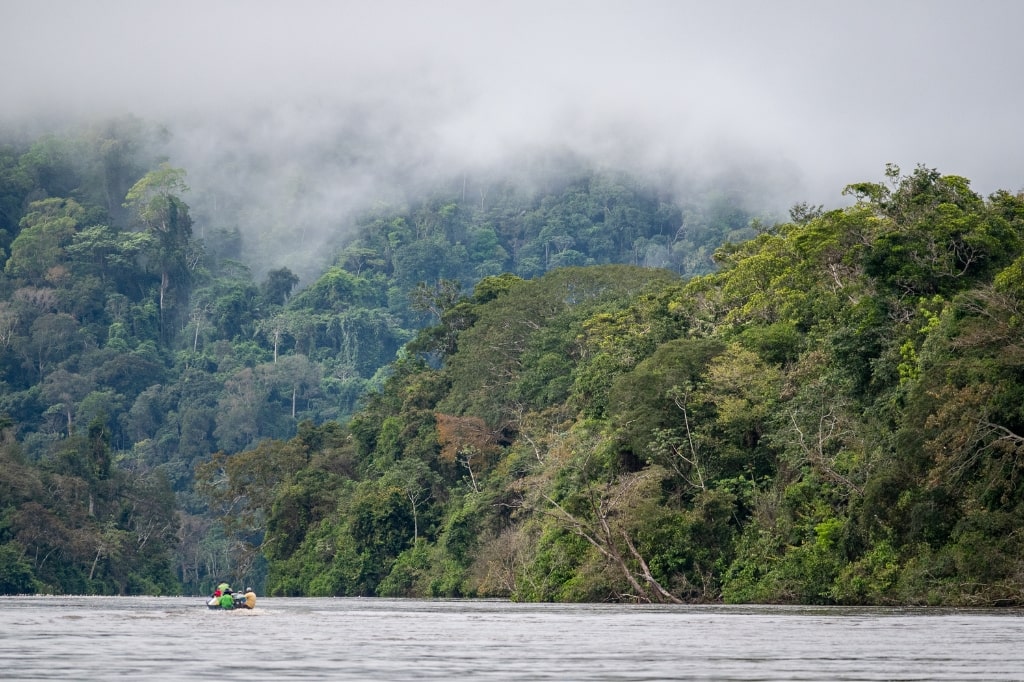
The Park’s buffer zone will play an important role in harmonizing local uses of the land with conservation objectives. The collection of products such as Brazil nuts and camu-camu will continue to take place, while respecting current legislation and the rules established by the Park’s management plan. The activities carried out by the traditional and indigenous peoples who live in the region, such as access to the Jari River, will not be restricted, according to the decree declaring the State Park, as long as they are in harmony with the Park’s conservation objectives. The Park’s Advisory Council, which will be created and managed by the Institute for Forestry and Biodiversity Development in the State of Pará (Ideflor-Bio), will monitor the development of conservation activities and the sustainable use of natural resources.
“The Amazon Giant Trees State Park is a milestone in the preservation of our biodiversity, guaranteeing that unique species of great ecological importance will continue to exist for future generations,” states Ideflor-Bio president Nilson Pinto.
Amazonian Giant Trees
In 2019, a group of researchers revealed the existence of dozens, perhaps hundreds of giant trees in the Amazon, along the Jari River, on the border between the states of Pará and Amapá, in the Guiana shield. The discovery was made in the analysis of satellite images of the region and confirmed by a field expedition. They found specimens of Angelim Vermelho (Dinizia excelsa) measuring over 80 meters high, the largest being 88.5 meters. This magnificent tree species is native to Brazil and Guyana and belongs to the bean family (Fabacea). Scientists believe, based on satellite images, that there may be other species of this size in the area. The carbon stock of these giant trees, researchers say, is equivalent to 500 smaller trees being able to grow for hundreds of years protected from human activities, fire and wind. In May 2024, an expedition to the area of the Giant Trees State Park conducted by Fundação Amazônia Sustentável (FAS), IDEFLOR-Bio, and local community members, and supported by the Andes Amazon Fund, collected field data such as biological samples, and assessed the territory and its accessibility.
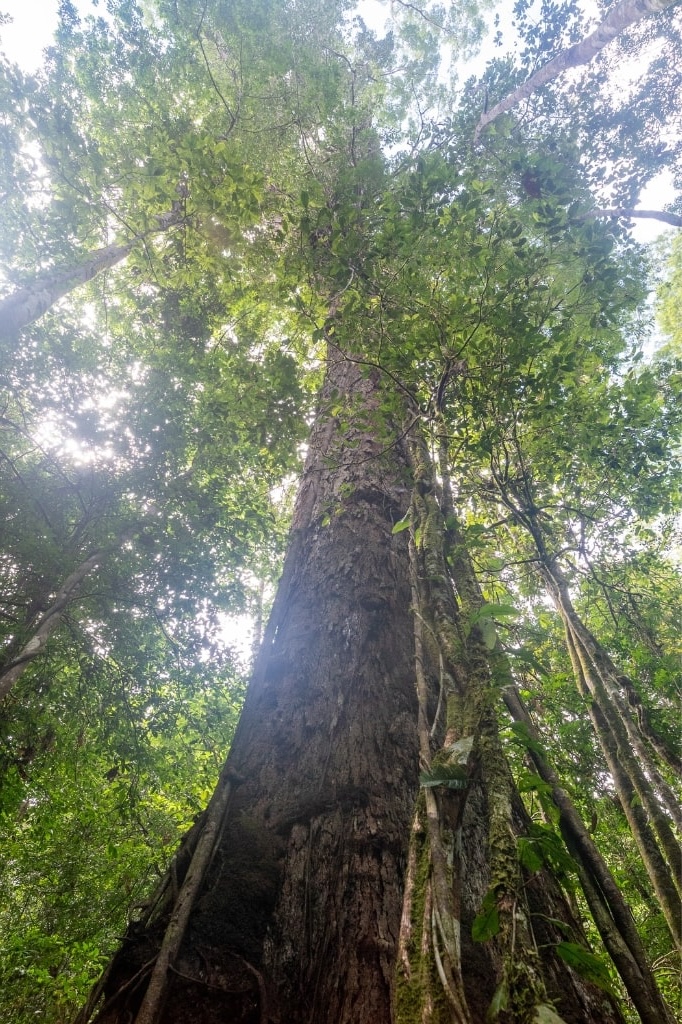
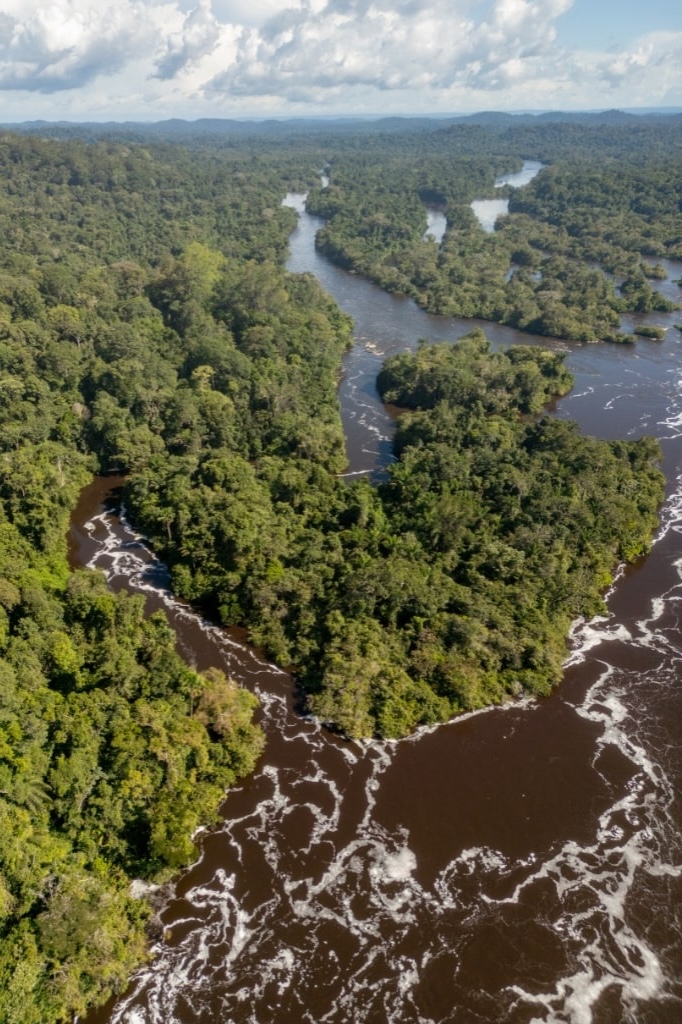
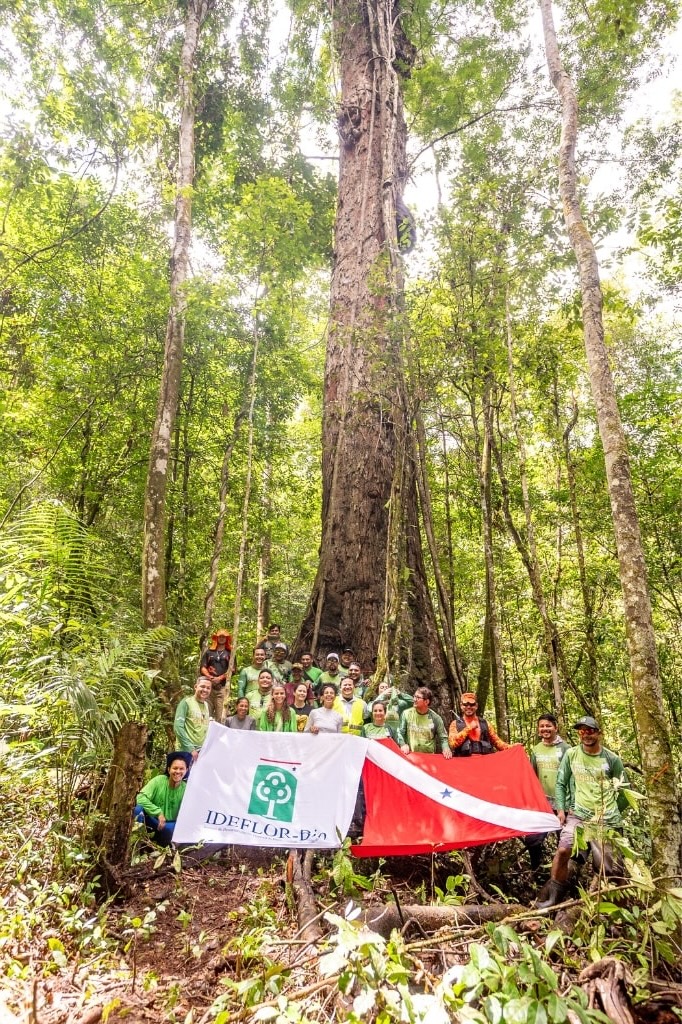
Recent extreme climate events such as the 2024 mega-fires and drought in South America, underscore the urgent need to protect the valuable ecosystem services that forests like these provide. Per Enrique Ortiz, Andes Amazon Fund’s Senior Program Director: “The Giant Trees State Park is very important for the protection of a unique Amazonian forest that is a marvel for the world due to the size of its trees. It is also a critical area that provides ecosystem services which are particularly important during these times when we see extreme rains, droughts, and climatic events. By creating this protected area, Pará State is paving the way for hosting the world’s most important climate event, COP 30. With this new protected area, it gives a strong signal of its leadership and environmental commitments.”
For Victor Salviati, Superintendent of Innovation and Institutional Development at FAS, “it is with great pleasure that the Foundation for Amazon Sustainability, together with Ideflor-Bio and the Andes Amazon Fund, is taking part in the Giant Trees of the Amazon State Park initiative. This Park is very important, not only for the State of Pará, but also for the whole of the Amazon, because it will further protect a sanctuary of gigantic trees. We believe that this Park will not only protect the environment in this region, but above all develop an ecotourism destination based on science and conservation. In other words, the activities that will be allowed in this new protected area will bring social, economic and environmental gains to the territory,” he said.
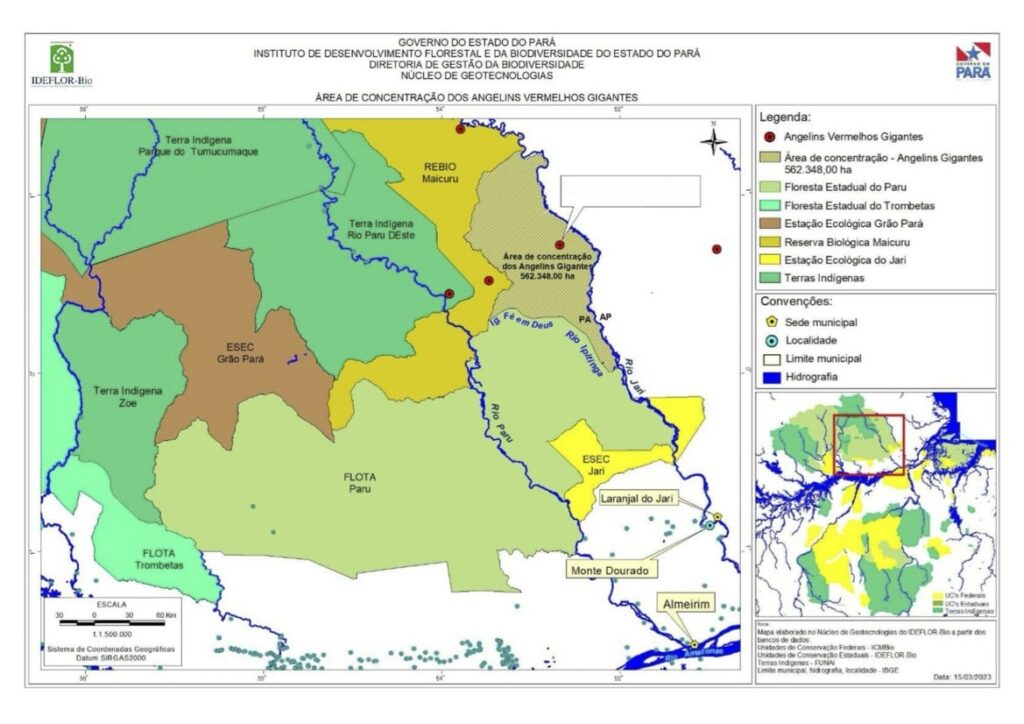
Acknowledgements
The Giant Trees of the Amazon State park was established through the leadership and participation of the State Government of Pará, the Institute for Forestry and Biodiversity Development in the State of Pará (IDEFLOR-Bio), the Federal Institute of Education, Science and Technology of Amapá (IFAP), and Fundação Amazônia Sustentável (FAS), with financial support from the Andes Amazon Fund.
MAKE AN IMPACT
Learn how we can make an impact in our world together. Donate or get involved by subscribing to our email list:
